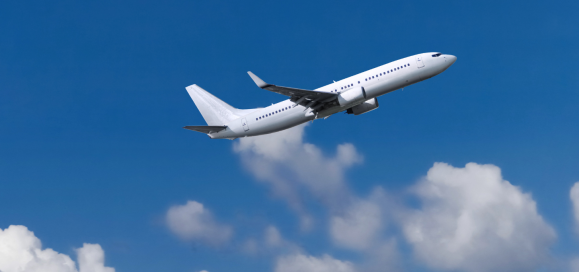Hopping on a flight can be an exciting and convenient way to reach your destination, but it’s imperative to be aware of the hidden taxes and fees that can add up quickly when you book your next trip.
Before you ready yourself for the next take-off and landing, let’s define and shed light on these rates and charges that will be applied to your tickets the next time you get ready to head to the airport. Airlines might impose different types of fees and taxes for domestic and international travel. These fees can include both government-imposed fees as well as fees imposed by airline companies, including the Passenger Facility Charge (PFC), the Federal Excise Tax, the International Arrival and Departure Tax, and additional payments (from food costs to checked baggage). Let’s learn more about them:
Government Taxes and Fees: There is a September 11 Security Fee (also known as U.S. Passenger Civil Aviation Security Fee) assessed by the U.S. government to help cover security costs. This fee is $5.60 per one-way trip when boarding in the U.S. It is possible that you could have multiple September 11 fees for trips that have multiple stopovers.
Passenger Facility Charge (PFC): This program allows fees up to $4.50 for every eligible passenger at commercial airports controlled by public agencies. These PFCs are capped at two charges on a one-way trip or 4 charges on a round trip for a maximum total of $18. These fees are used by airports for things such as enhancing safety, security, capacity, noise reduction, or to increase air carrier competition.
The Federal Excise Tax: Federal excise tax is typically imposed on the sale of things like fuel, airline tickets, heavy trucks and highway tractors, indoor tanning, tires, tobacco, and other goods and services. This 7.5% tax on profits is often hidden from the customer as it is typically part of the domestic airfare.
The International Arrival and Departure Tax: These taxes are applied to all flights arriving in or departing from the United States, Puerto Rico, or the US Virgin Islands, and the total may vary based upon currency exchange rates at the time of purchase.
Airline Fees: Checked baggage fees, seat selection fees (gone are the day when you can just have an aisle or window!), and change fees, to name a few, could pop up on your final receipt. You can avoid or minimize these sneaky and additional fees if you pack light and don’t exceed the weight limit for a carry-on (sometimes a tricky task!), or choose an airline with more flexible change policies.
Ancillary Fees: In-flight meals, WiFi, and additional entertainment could be considered ancillary fees. A few ways to lower costs: bring your food onboard (snacks included!) or download any entertainment beforehand so you don’t need to take out your wallet during your next flight.
Hidden Booking Charges: When booking your flight, you may incur additional fees from online travel agencies or third-party booking platforms (like Expedia, Travelocity, Orbitz, Kayak, and Hotels.com). These fees can include service charges, convenience fees, or booking fees. To avoid these extra costs, consider booking directly through the airline’s official website or contacting customer service for assistance.
But there is good news: Airline Loyalty Programs can help offset some of the hidden taxes and fees. Earning and redeeming miles can lead to discounted fees or even free flights.
If you understand each component of your ticket, you can avoid unnecessary expenses and make better decisions when booking your flights. Remember to research the airline’s specific policies and ensure your bag is the appropriate size and weight; these two easy tips could minimize the impact of these hidden costs. Bon voyage!

